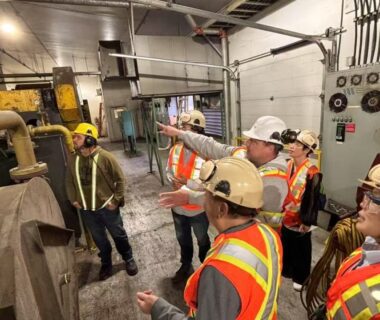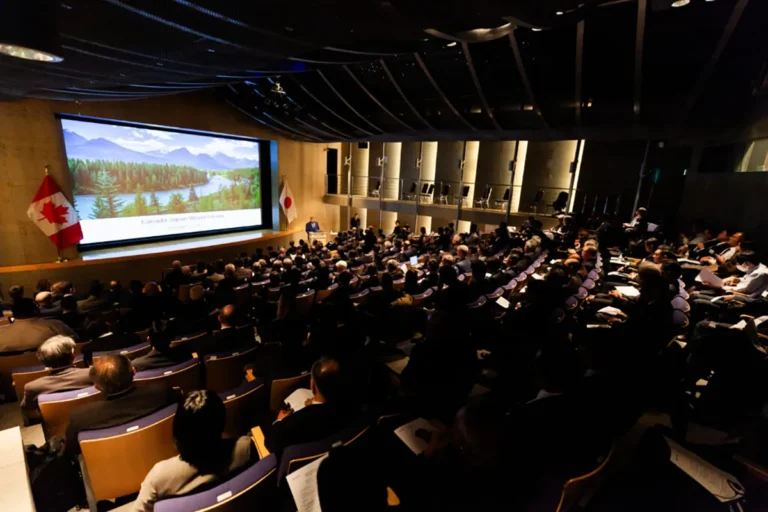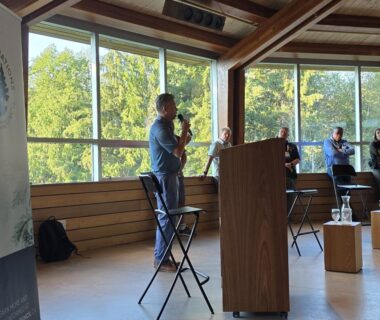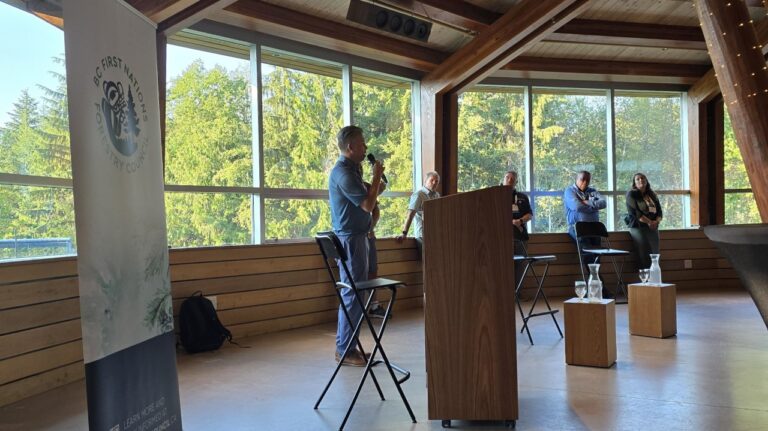With a large aging population, Japan is looking to international tourism as a new driver of economic growth. This includes promoting Niseko, Japan’s top ski resort, as the Asian “Whistler”. Doing so, however, means upgrading resort facilities, as they date back to the 1980s.
With developers looking to B.C. for inspiration, BC Wood Specialties Group saw an opportunity to turn interest into sales. Building on strong connections developed in Niseko through previous outreach, the BC Wood Japan office hosted an information session at the ski resort in February 2025. The event connected B.C. value-added firms with Japanese developers, architects and builders. Buyers were given first-hand exposure to the wide range of B.C.’s value-added services and products for ski resorts, including mass timber, villa and resort construction, and high-end finishings and furnishings.
The timing of the marketing event was linked to the Nikkei Messe trade show, the largest home show in Japan. Several B.C. firms were attending the trade show through a booth and outreach program sponsored by BC Wood. Adding the Niseko meeting to their itinerary helped the firms make the most of their marketing dollars and their outreach to the important Japanese market.
Efforts like this by BC Wood have made Japan the largest Asian market for B.C. value-added products.
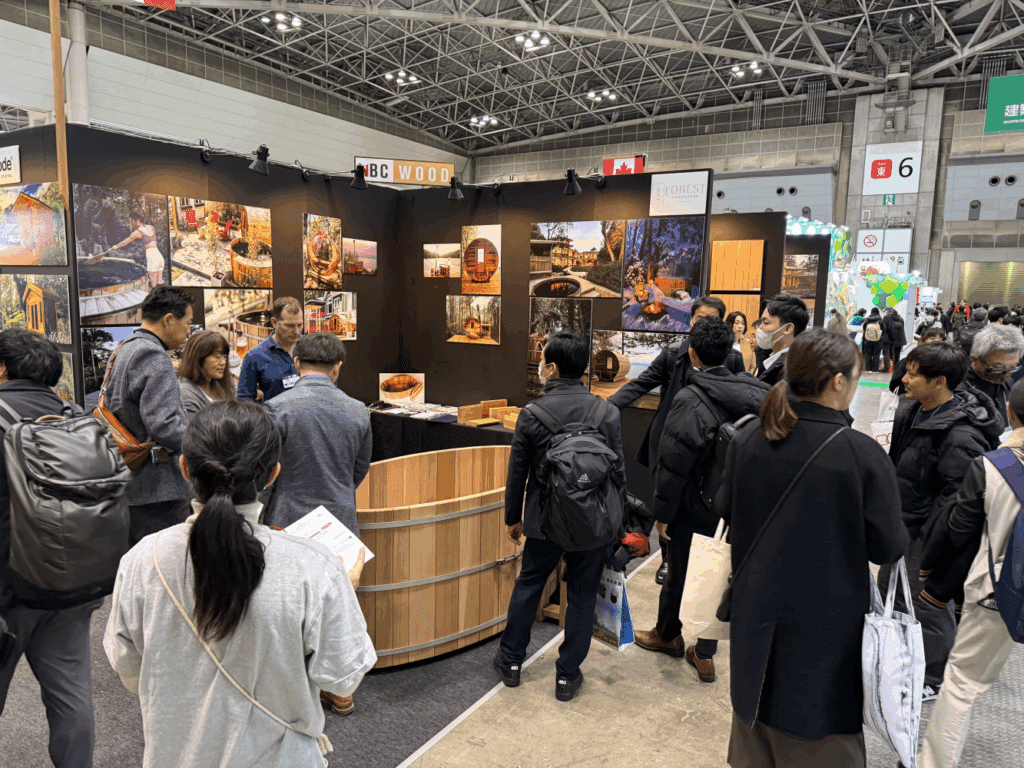
BC Wood booth at Nikkei Messe 2025 | Photo: BC Wood Specialties Group
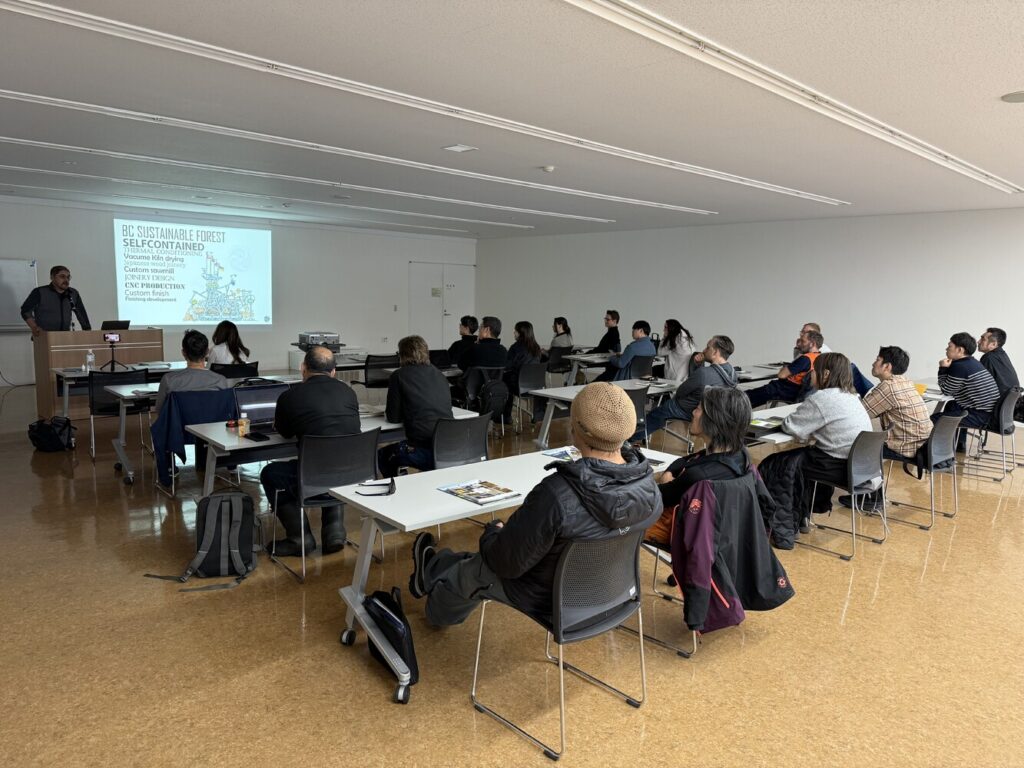
Seminar on B.C. value-added wood products, Niseko | Photo: BC Wood Specialties Group
